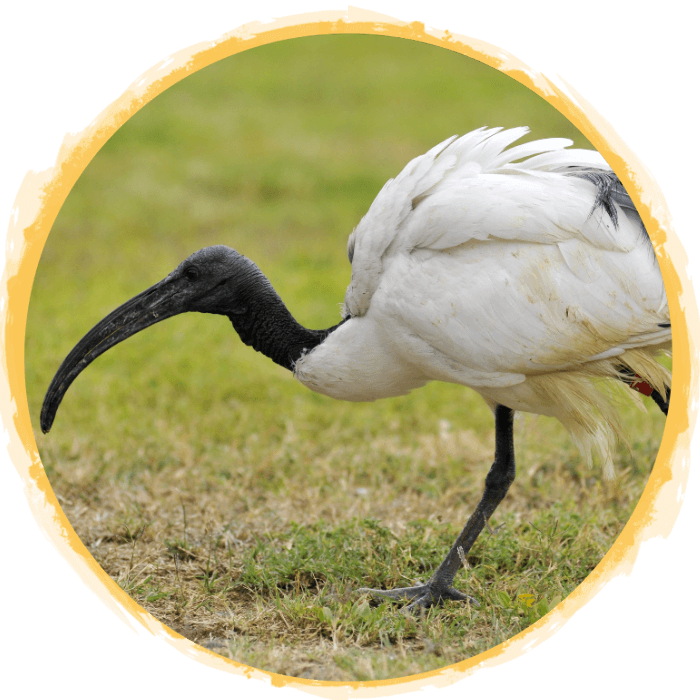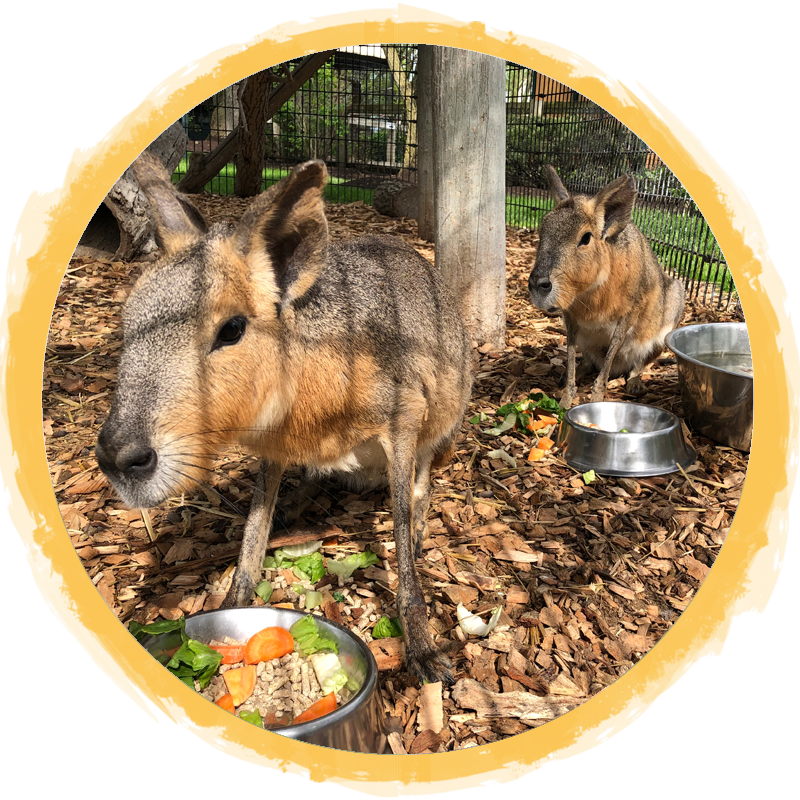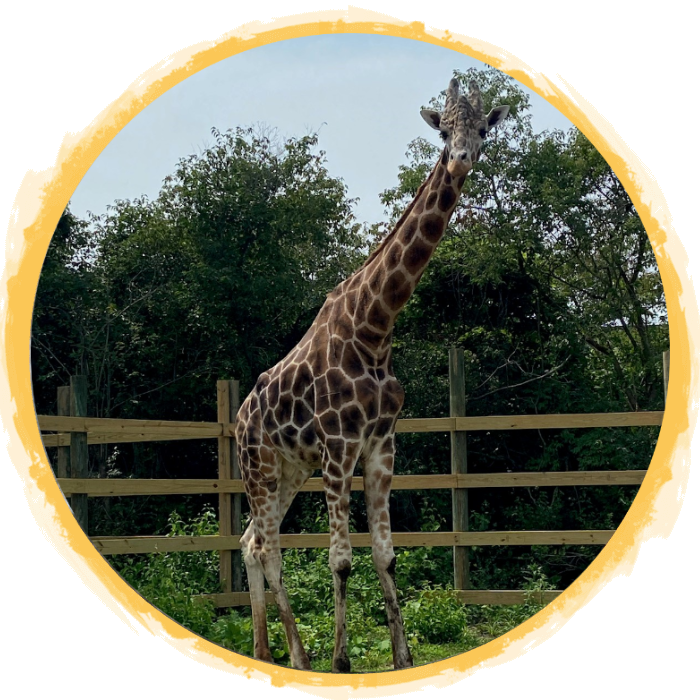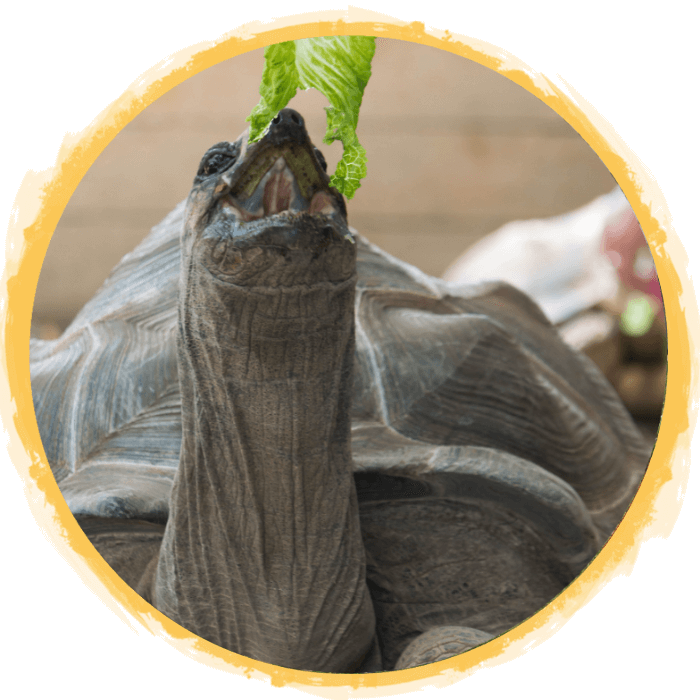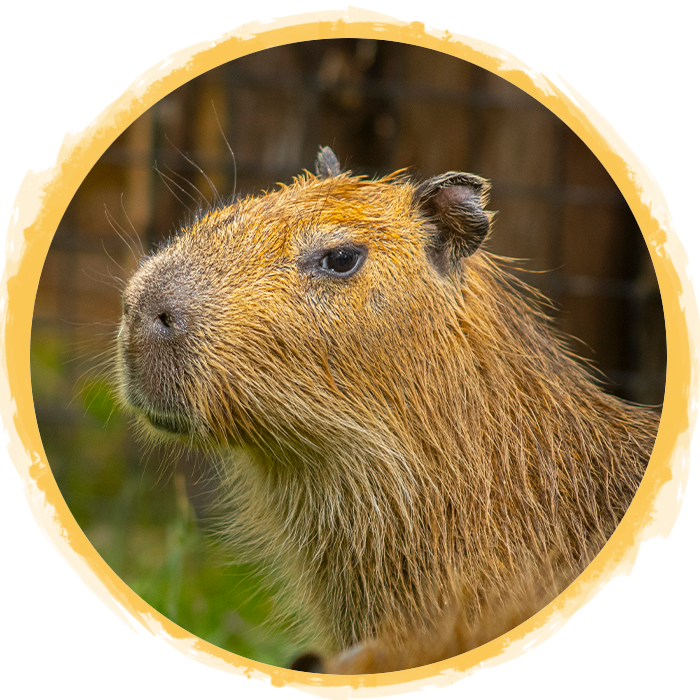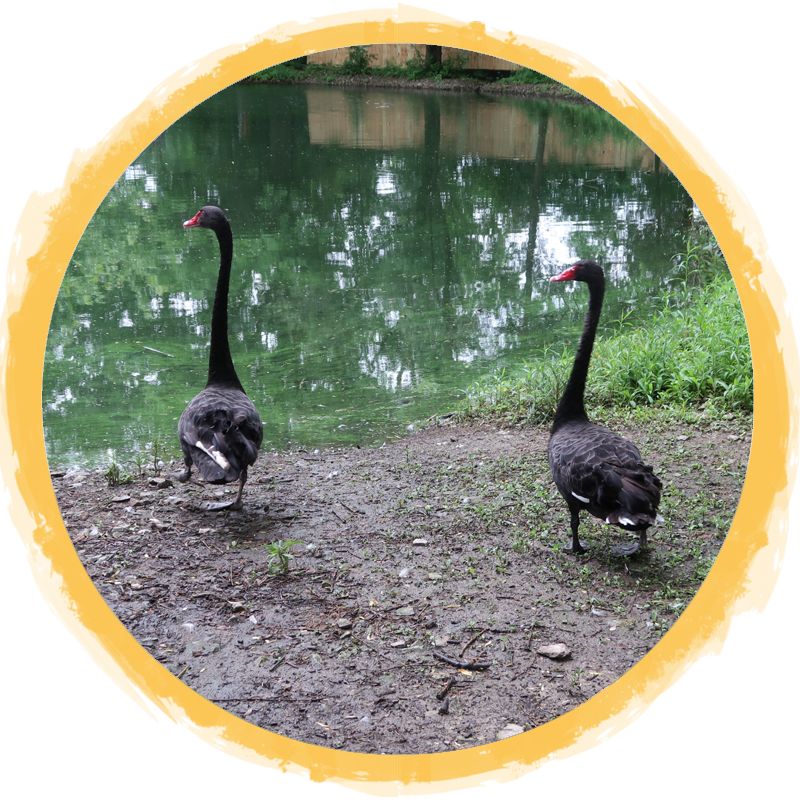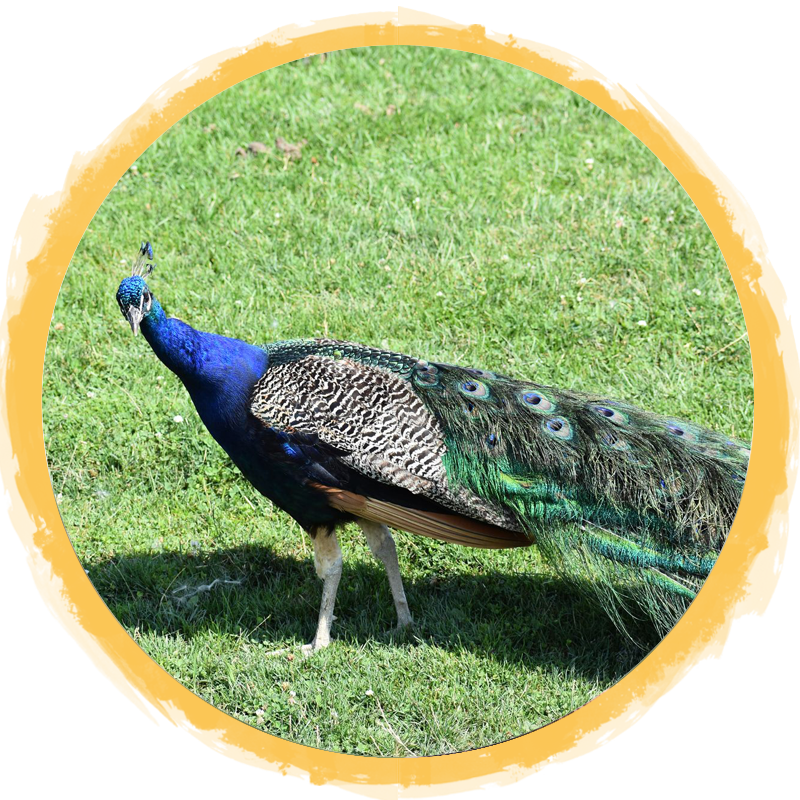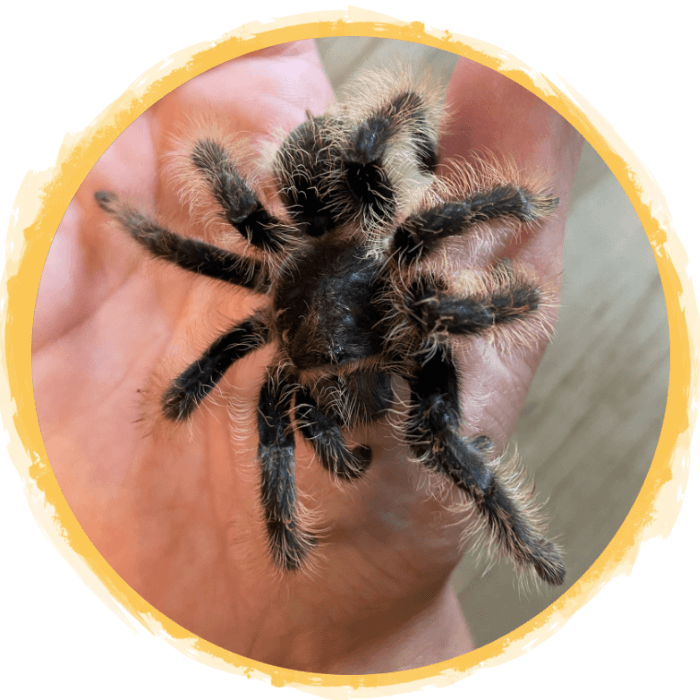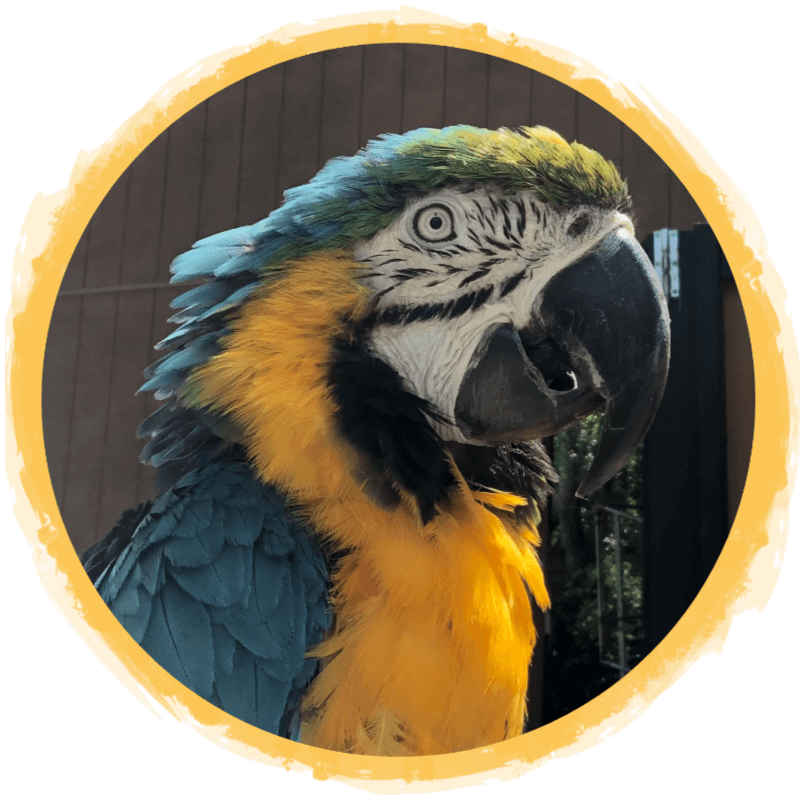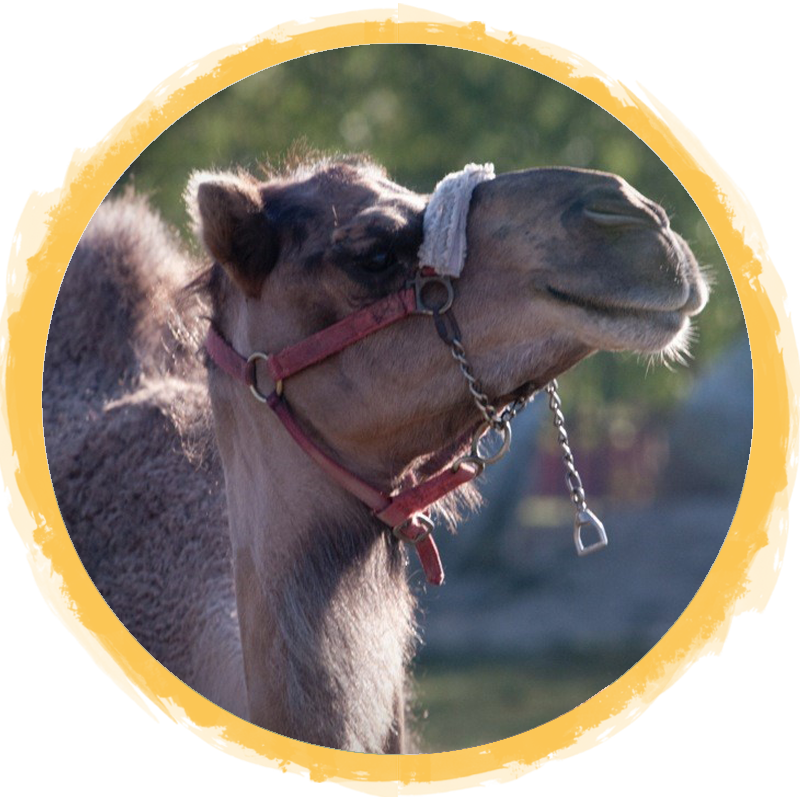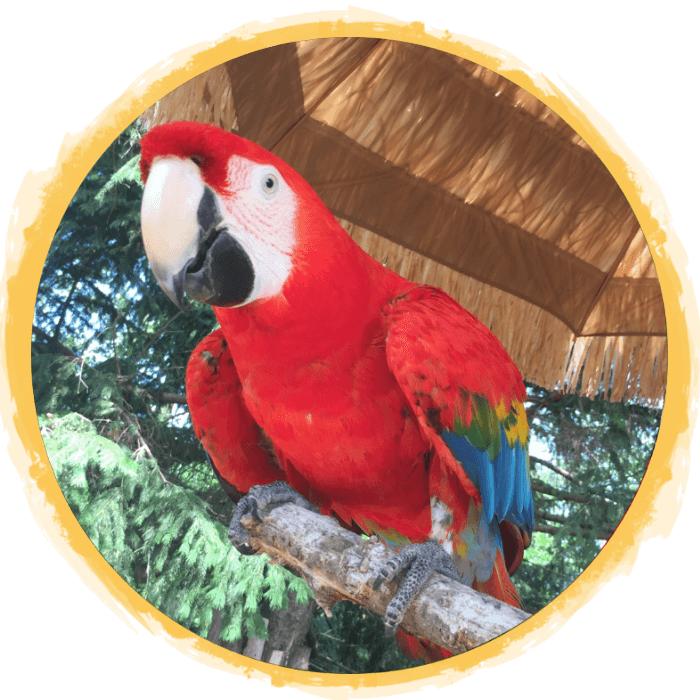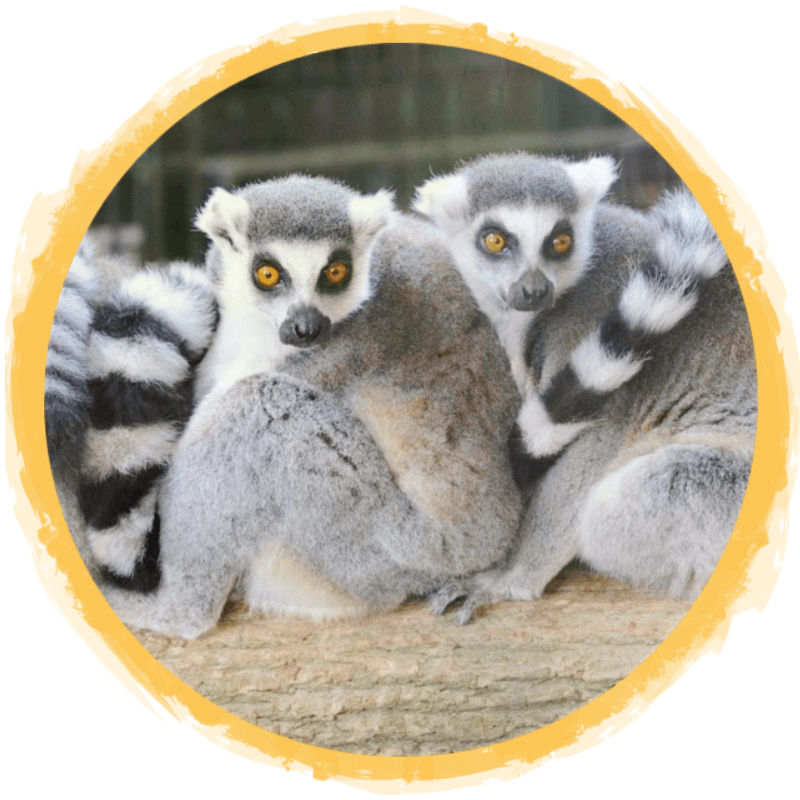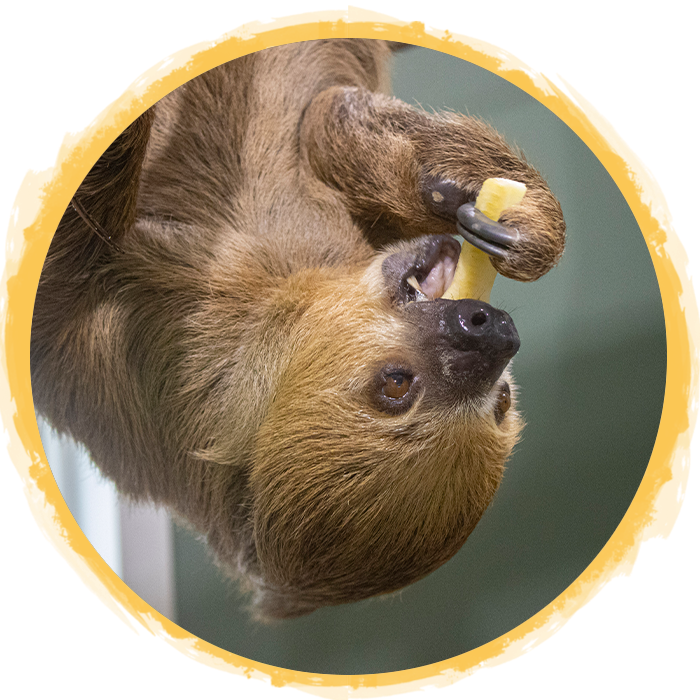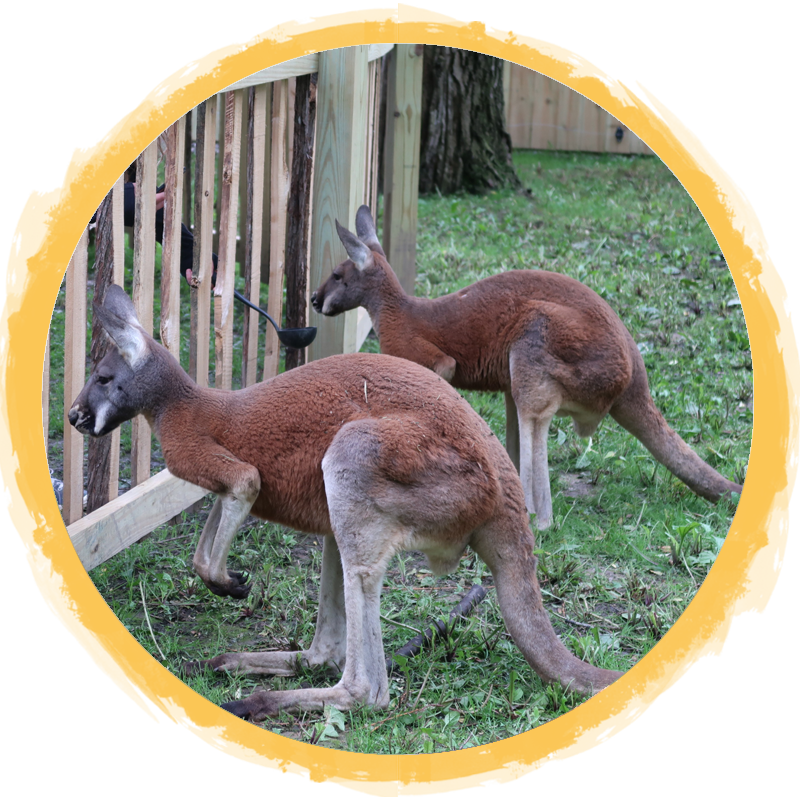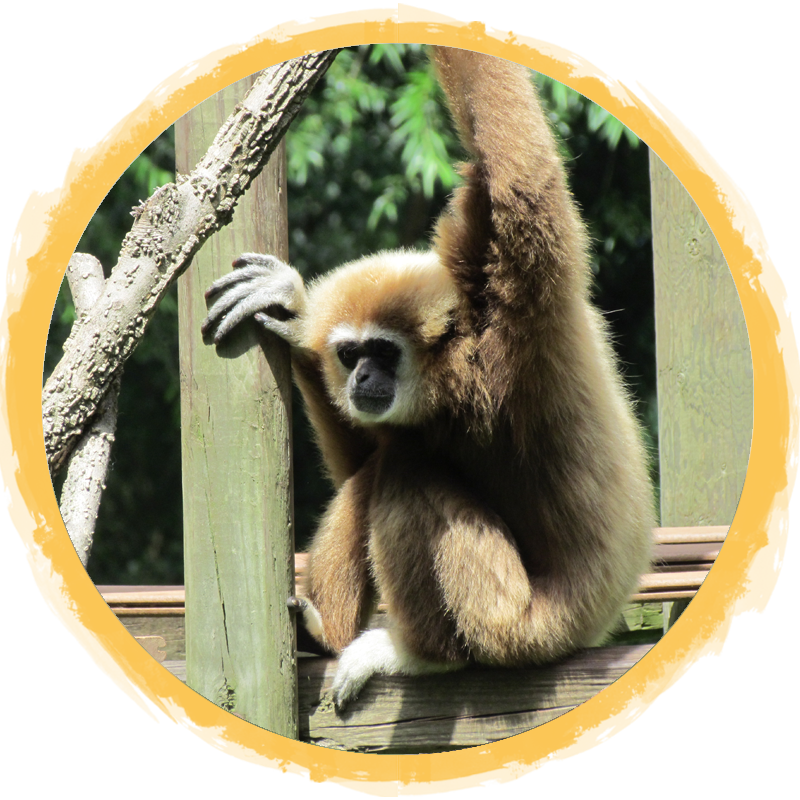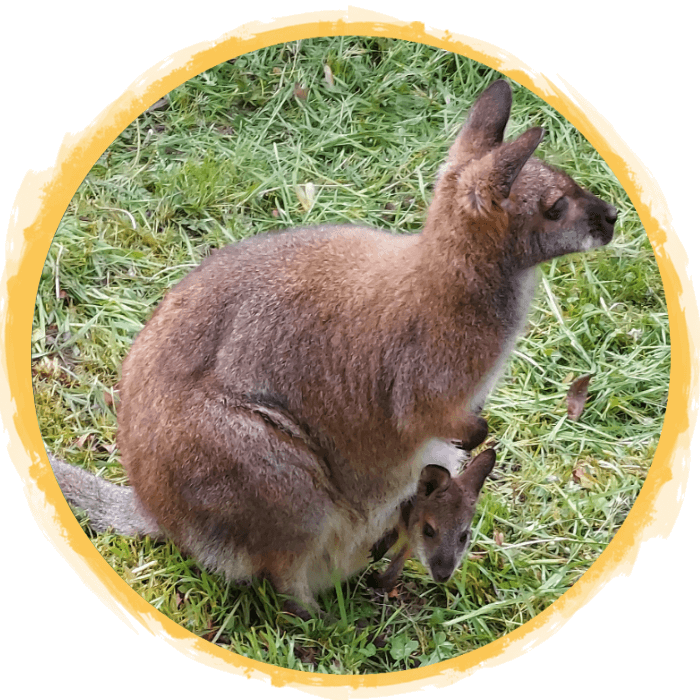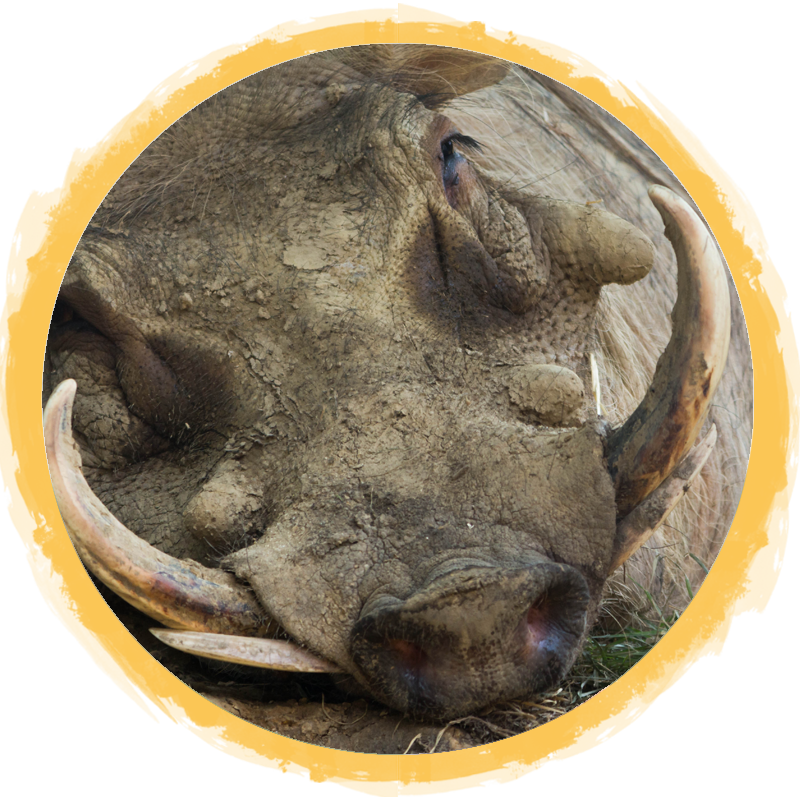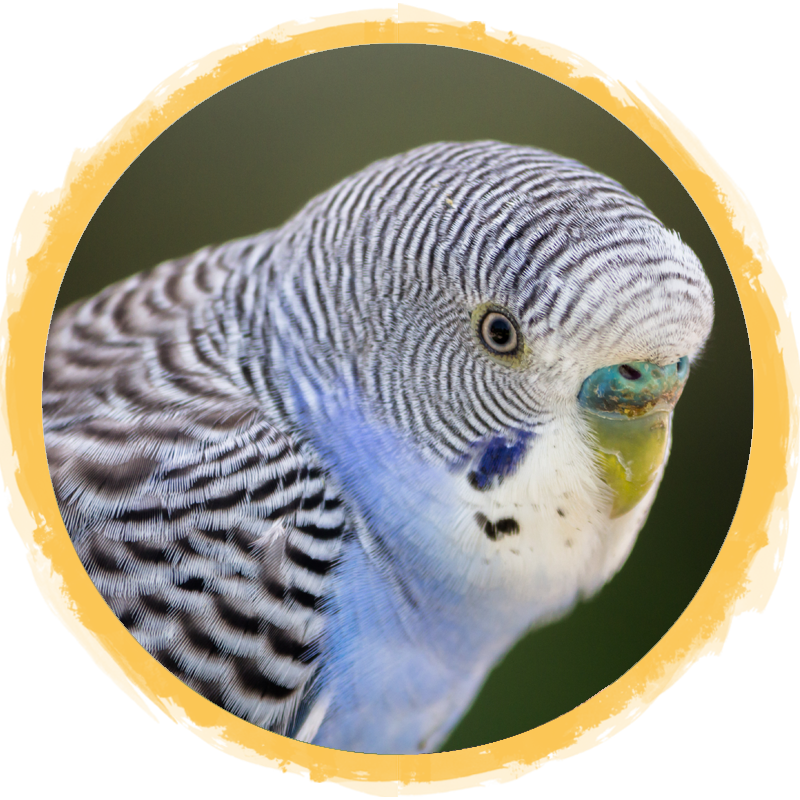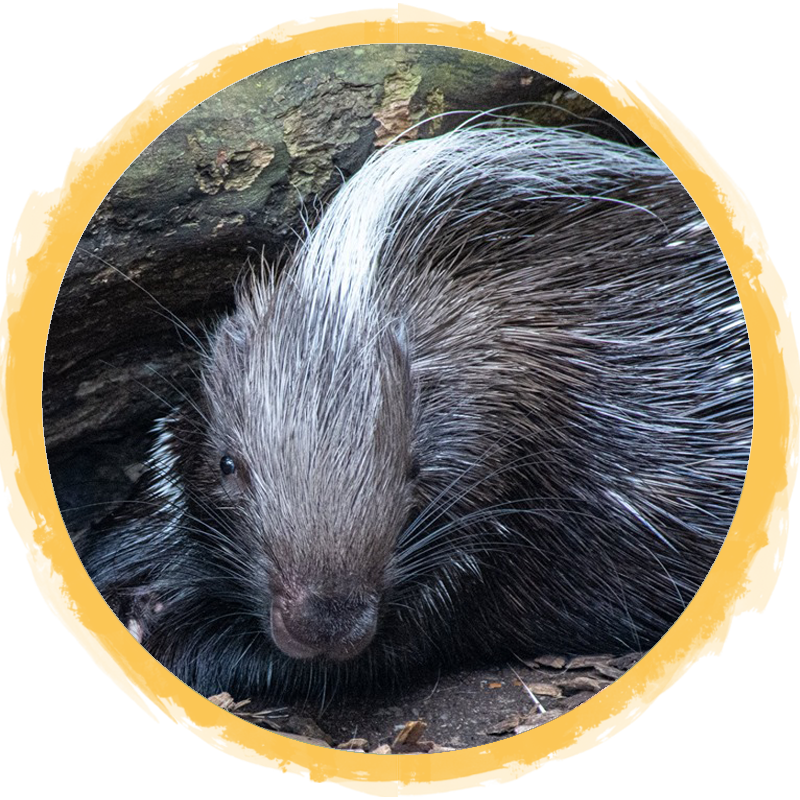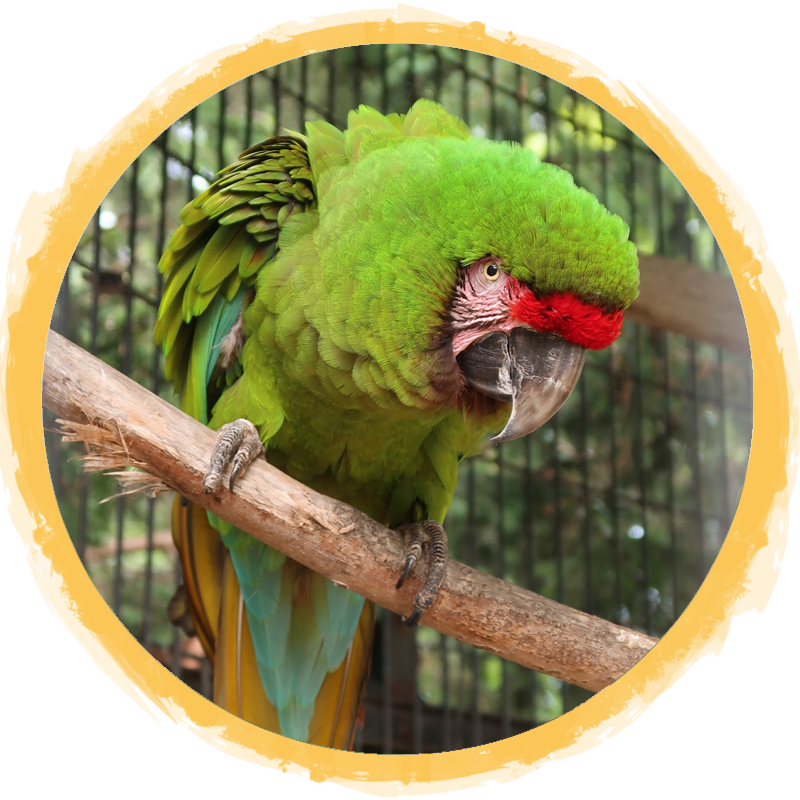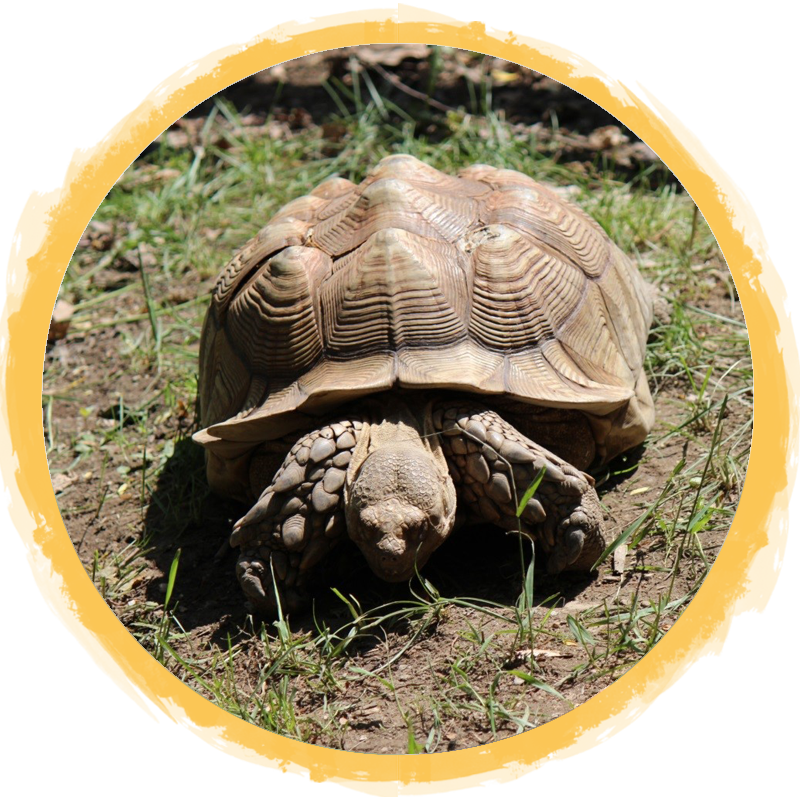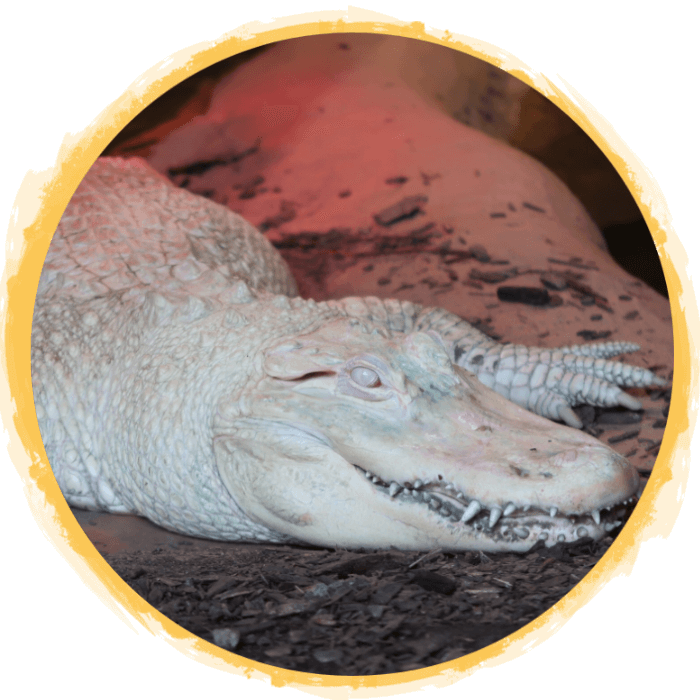(Aldabrachelys gigantea)
The Aldabra Tortoise is found on the Aldabra Islands, northeast of Madagascar in the Indian Ocean. It’s habitat consists of grasslands, scrublands, and swamps. As one of the largest land tortoises in its environment, the Aldabra performs a role similar to that of the elephant. Aldabra tortoises are the main consumers of vegetation in their habitat and will significantly alter the habitat looking for food. They can even knock over small trees and shrubs to reach their nutritious leaves, this creates pathways for other animals. In addition, they are beneficial to other species because seeds pass through the digestive tract which becomes food for other animals.
Unlike most tortoises, Aldabra tortoises are also good swimmers. These tortoises will use mud to protect themselves against mosquitoes.
Giant tortoises will sleep an average of 18 hours in a 24-hour period.
Males are considerably larger than females and have longer, thicker tails. Females lay a clutch of 9 to 25 eggs the size of tennis balls and bury them in the ground. Only 3 to 5 young are actually produced from these and females may nest several times a year.
The largest Aldabra tortoise recorded is 672 pounds!
This tortoise is the only remaining species of the 18 that once lived on the islands of the Indian Ocean. The others went extinct due to hunting and the predation of the eggs and young by invasive species. Charles Darwin and other conservationists set up a captive breeding population to protect the species. Poaching and human expansion are still threatening this species.
The Aldabra Tortoises of African Safari Wildlife Park
You can interact with our Tortoises as part of the Zoo-It-All Animal Encounters Pass!
Fast Facts
Country of Origin: Aldabra Islands in the Indian Ocean
Weight: 350 - 500 lbs
Size: 42 - 48 inches length
Lifespan: 100 - 150 years in the wild
Diet: The Aldabra Tortoise eats grasses, leaves, and woody plant stems.

